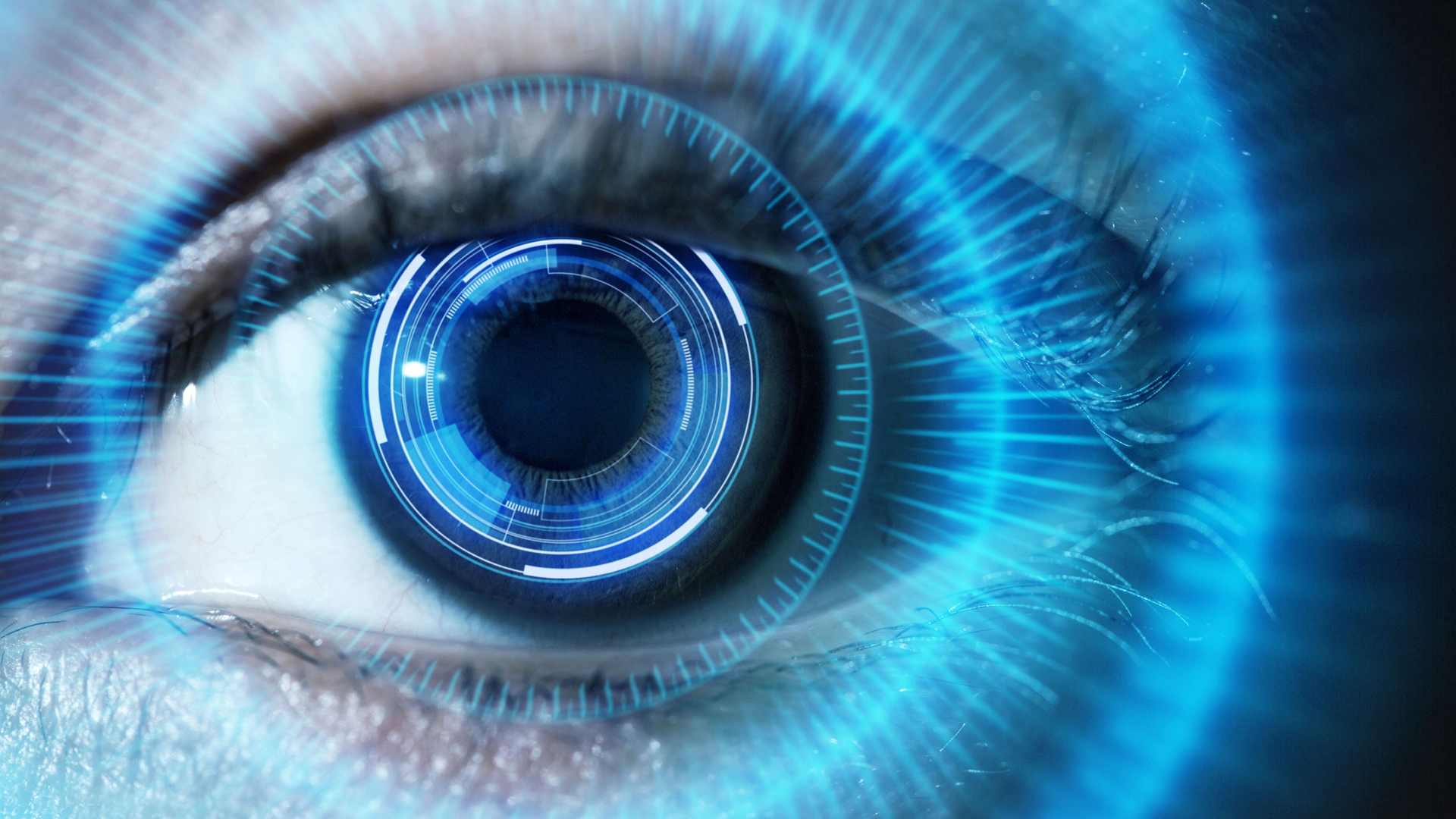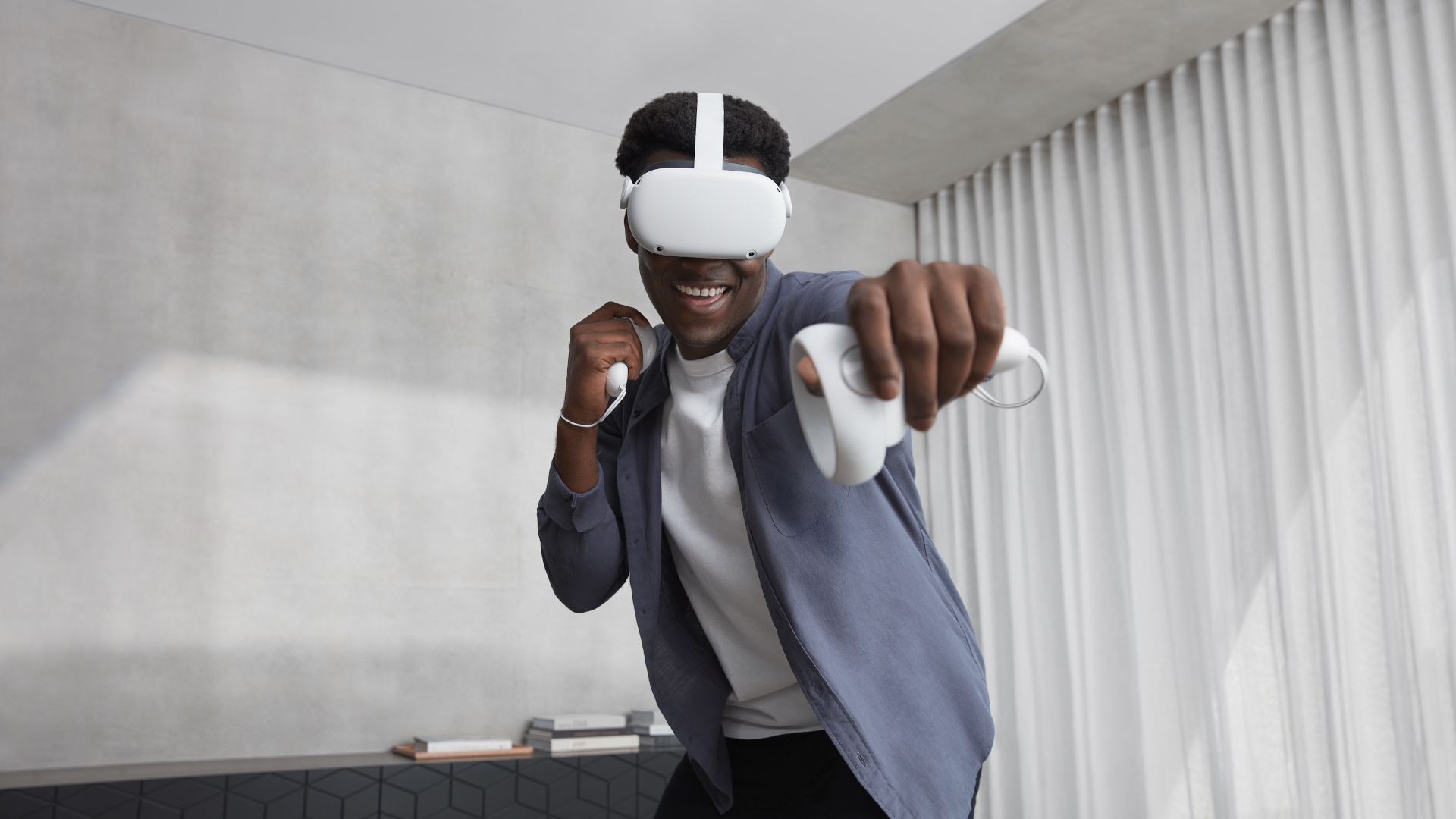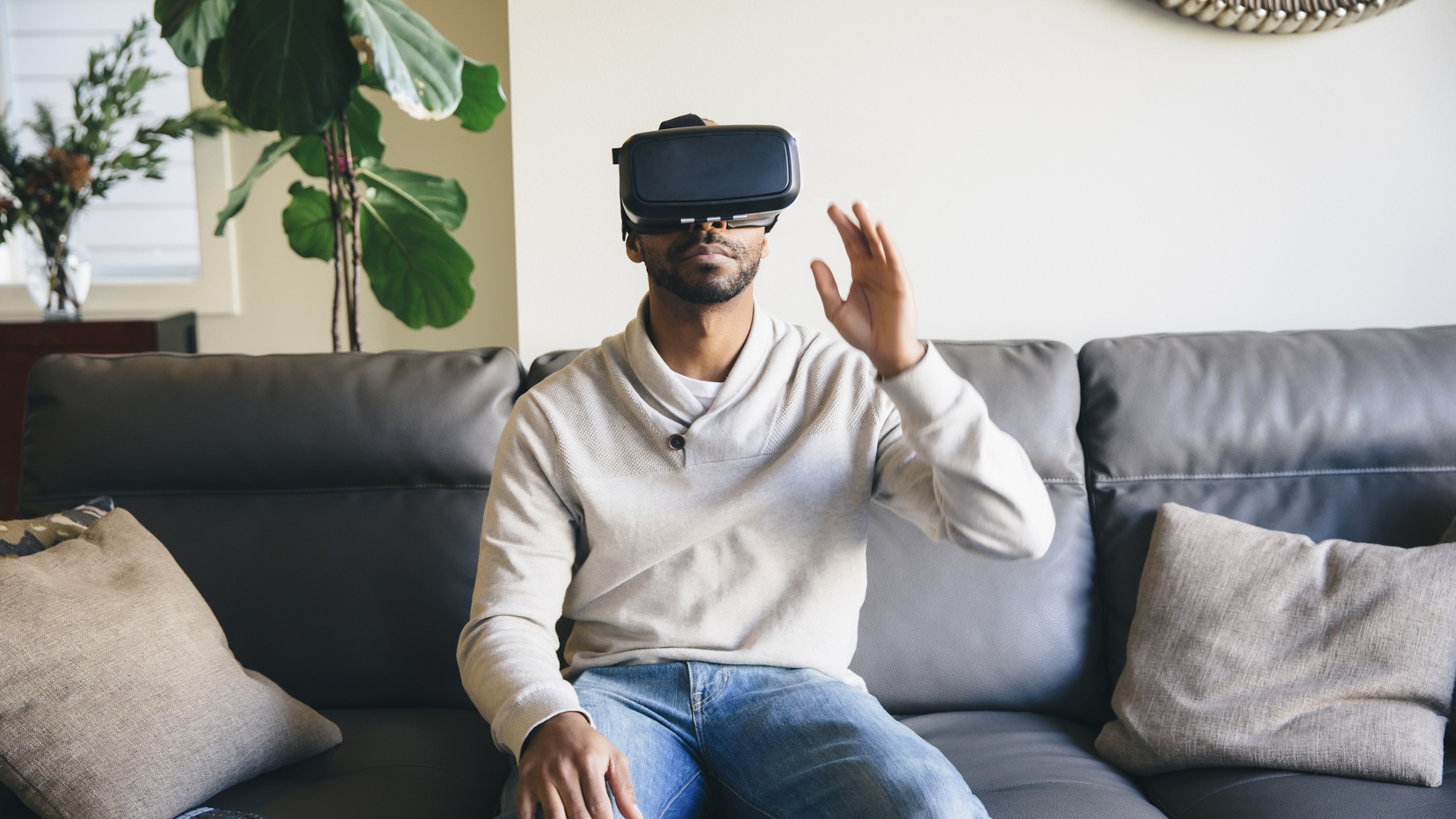Is VR bad for your eyes?
Is VR bad for your eyes, and what can you do to avoid eye strain when using VR headsets?

Whether you’re trying to enter the fabled virtual reality for the first time or you’re a seasoned veteran of the supposed meta verse, knowing how the best VR headsets affect your eyes is a question you deserve to know the answer to.
We’re still far from living our every day in this exciting new world of truly immersive video games and virtual experiences, and until that day comes, you need those peepers. Eye fatigue isn’t unique to VR. Donning a headset might give someone their first dose of motion sickness in VR, but if a bit of eye strain is what concerns you, don’t worry: its causes aren’t unique to VR, and the remedy is much the same.
If you’ve heard the age-old claim that sitting too close to the TV screen will damage your eyes, your VR concerns are understandable. The idea is similar: wearing a headset puts high-resolution screens mere millimeters from your retinas.
There are two intricately shaped lenses between you to shape the image from the screens in this situation, but my point still stands. If you’ve ever worked on a computer for an extended period, you’ll be all too familiar with the drawbacks of being too close to a screen for too long. Like reading a book, focusing on small text for too long takes its toll, but screens cause this in another way as well: blue light. And thus, the same is true for VR.
If you're looking for more information about VR headsets, check out our guides on how to build a PC for VR and how to set up your room for VR.
Why does VR hurt your eyes?
Early VR headsets were known to cause fatigue and motion sickness. And it didn’t discriminate. But as the embedded panels have increased in both pixel density and refresh rate, the hazy image and un-lifelike motion that our brains detect as unrealistic—and thus sickness-inducing—has dramatically improved. The infamous “screen door” effect that plagued early models—caused by your eyes being too close to too few pixels—has all but vanished with premium helmets like the Oculus Quest 2 and Valve Index.

We're lucky enough to have never had much of an issue; from standing in the rain with the beloved anime character Totoro on the original single-screen, low-resolution Oculus Rift DK2 to grabbing smashing zombie heads in Saints & Sinners and driving a truck around Bilbao, Spain on our Oculus Quest 2. It’s the kind of game-changing experience we dreamt of as a child and one we think everyone needs to try.
But family members both older and younger, who we’ve admittedly tossed into the deep end of the VR ecosystem with my experiments, have either felt motion sick or struggled to focus on the image without some sort of discomfort. The side effects make sense. It’s a natural response. Most aren’t used to having a screen so close to their eyes, never mind two behind a plane of glass designed to distort the split image around their peripheral vision.
None of the effects were long-lasting. They’d subside within moments of taking the headset off. Like an optical illusion, which VR basically is, it takes time for our brains to “get it,” which means our eyes struggle to focus at first, causing our muscles to become overworking and stiff, resulting in, you guessed it, eye strain.
How to avoid eye strain in VR?
So what can you do about it? As much as your eyes will acclimate to the VR experience with enough practice and patience, that isn’t to say you’ll eventually shake off the effects completely. Digital eye strain isn’t exclusive to VR. Stare at any one thing for long enough, and you’ll experience it still; be it a computer screen at your desk, your laptop, phone, or tablet.

The issue isn't with the screens being so close. It's that we're not taking sufficient steps to relax the muscles you eventually strain. Last year, the BBC reported that a doctor suggested their patient damaged their vision with VR. In response, Ceri Smith-Jaynes from the Association of Optometrists stepped in to say that there's no "…reliable evidence that VR headsets cause permanent deterioration in eyesight in children or adults."
Big tech now understands that the blue light emitted by most screens plays a big part in the strain we get from looking at them for too long. It keeps us up at night as well by stopping our brains from releasing the natural chemicals that help us wind down. It’s why software-level blue light filters like Night Shift and TrueTone are pushed by Apple, Google, and Microsoft right now and why tinted glasses are all over Amazon. And speaking as someone whose lifestyle has revolved around staring at screens for up to 16 hours a day, we can confirm that these steps do help. The Oculus Quest 2 even has a night mode built-in at the software level for this reason.
But we can’t blame blue light for everything. And we certainly can’t expect a filter to solve all our problems. After all, books don’t emit blue light, but we’re still prone to straining during a good story. And it all boils down to distance.
If you’ve ever sat in an office job, you’ve probably been told to peel your eyes away from the screen from time to time. The official guidance is to take a 15-minute break every hour. Not that anyone’s boss would ever let them do this, but for the sake of eye health, it’s suggested.

The science is simple: eyes strain when they focus on something for too long. And a screen forces that. Looking at something from a set distance for too long doesn't stretch those muscles. The fix? Avert your gaze. Simply peering over to the wall behind your screen, at a tree out the window, or even just toward the door of the break room are all good ideas. And that 15-minute break they suggest? It's a great time to grab a glass of water, stretch your legs, and give your eyes something else to look at while giving them a break from that nasty blue light. It's a win-win-win situation and a mantra that applies to VR just as much as it does to the real world.
Lastly, it’s worth trying to tailor your headset to your needs. Most premium headsets feature things like extra room inside to accommodate spectacles, adapters as an after-market fix, or even prescription lenses designed specifically for VR. And whether you wear glasses or not, a way to physically or virtually alter the spacing of the lenses to suit your own eyes.
Feeling eye strain in VR is normal, and the fix is simple: take off the headset, hydrate yourself, and get away from the screens for a bit. Like many of the best things in life, moderation is the key to enjoying them for longer.
Join our Space Forums to keep talking space on the latest missions, night sky and more! And if you have a news tip, correction or comment, let us know at: community@space.com.
Get the Space.com Newsletter
Breaking space news, the latest updates on rocket launches, skywatching events and more!










